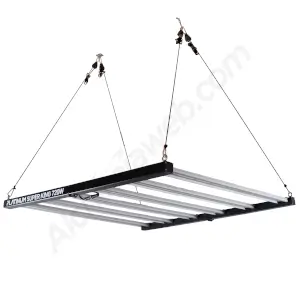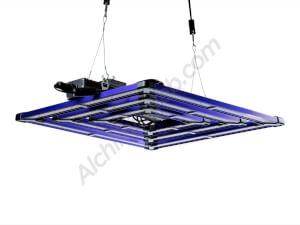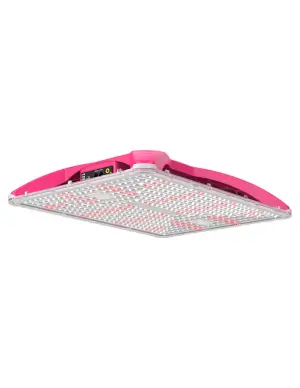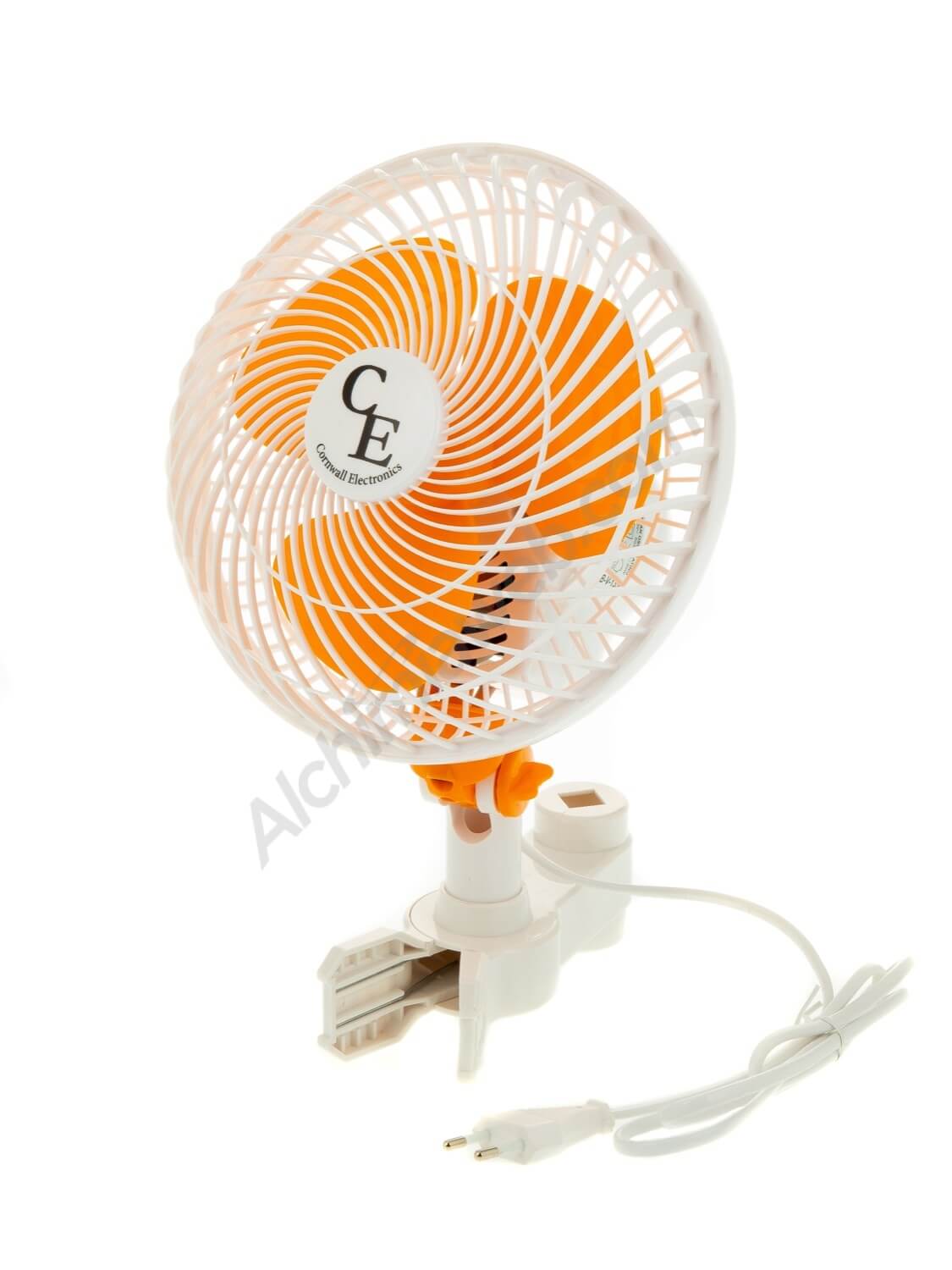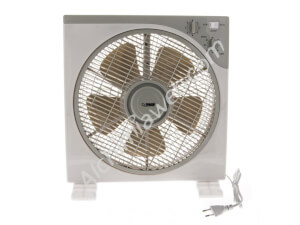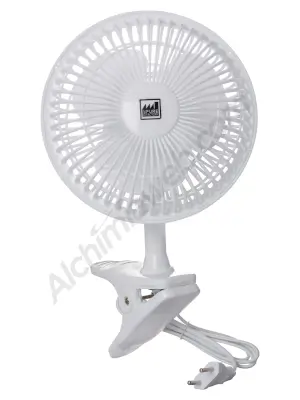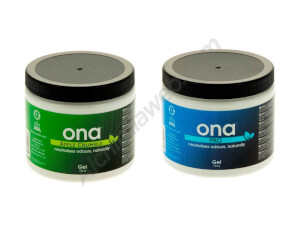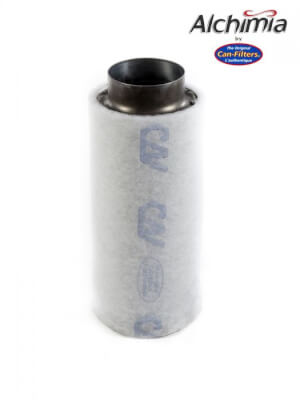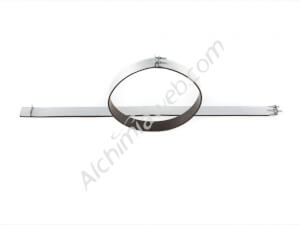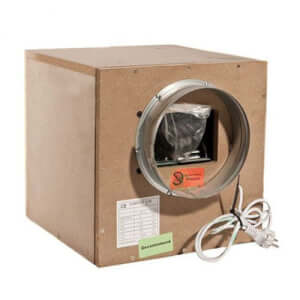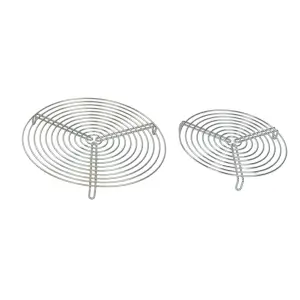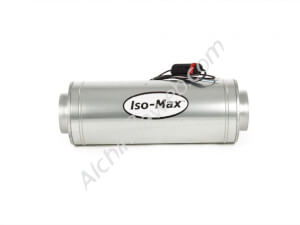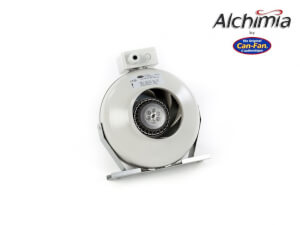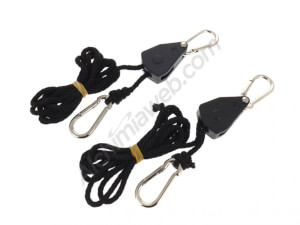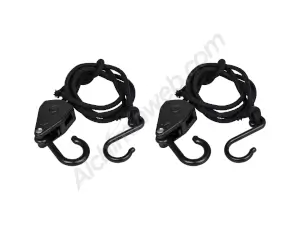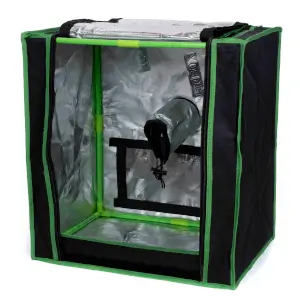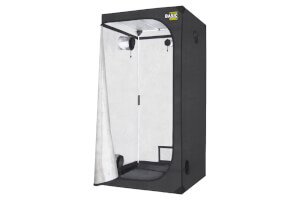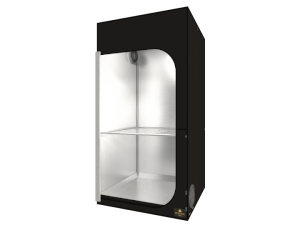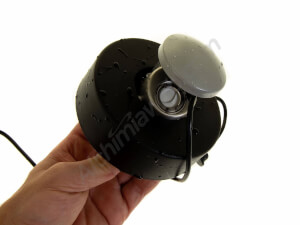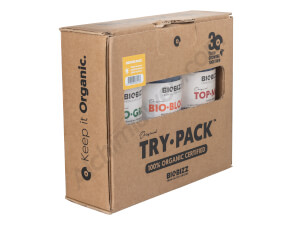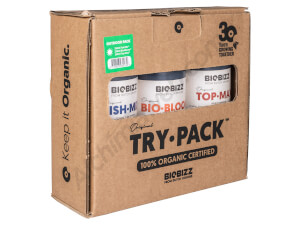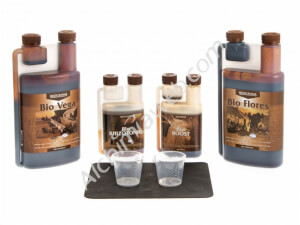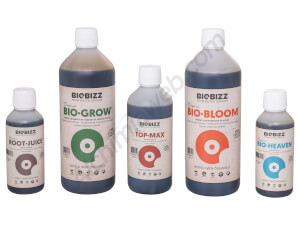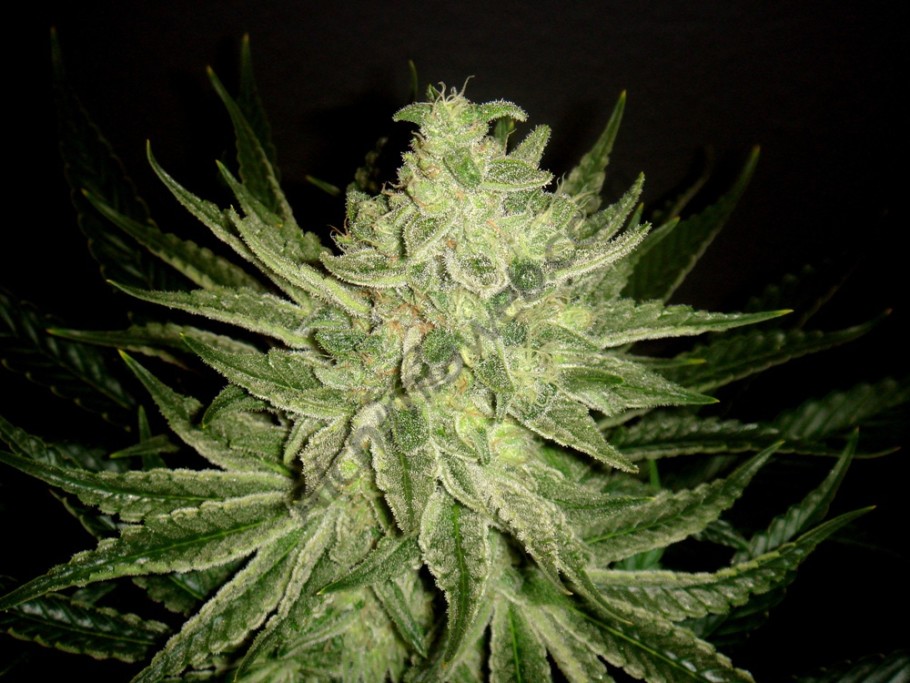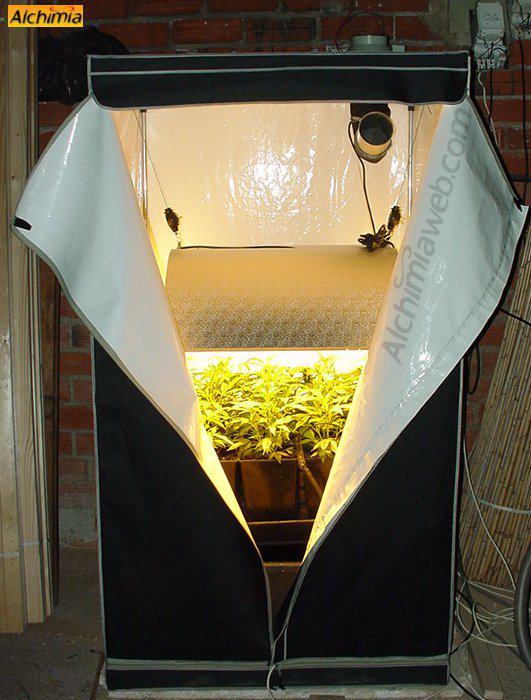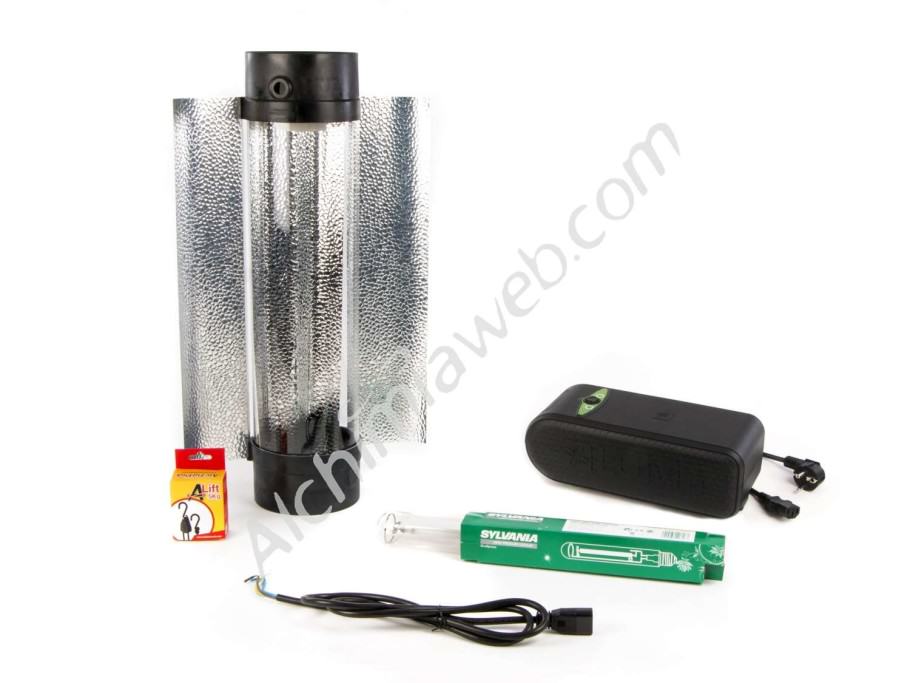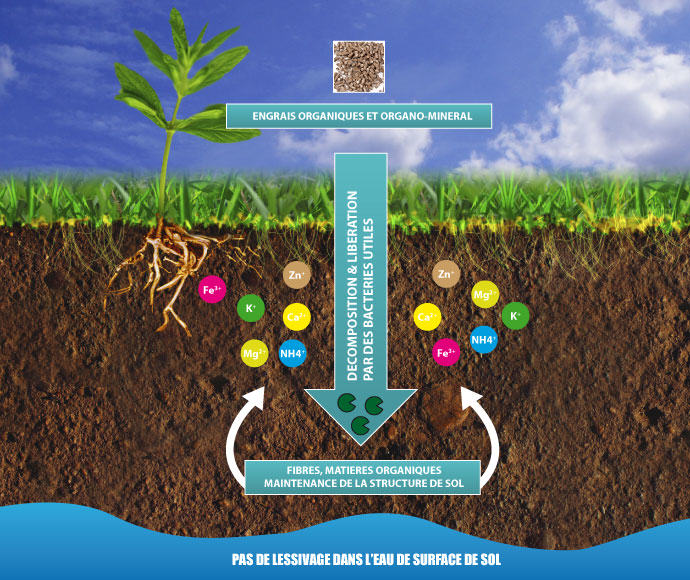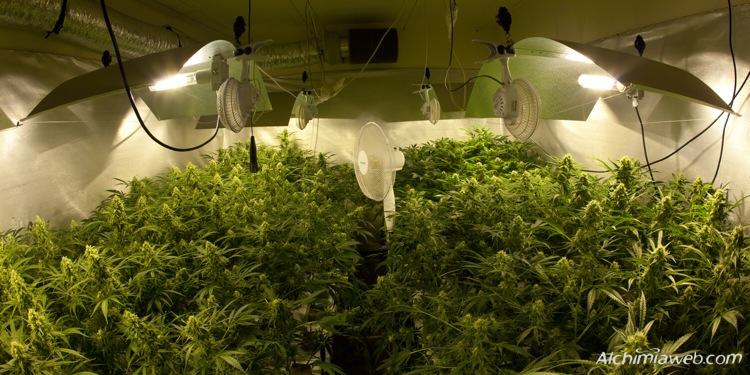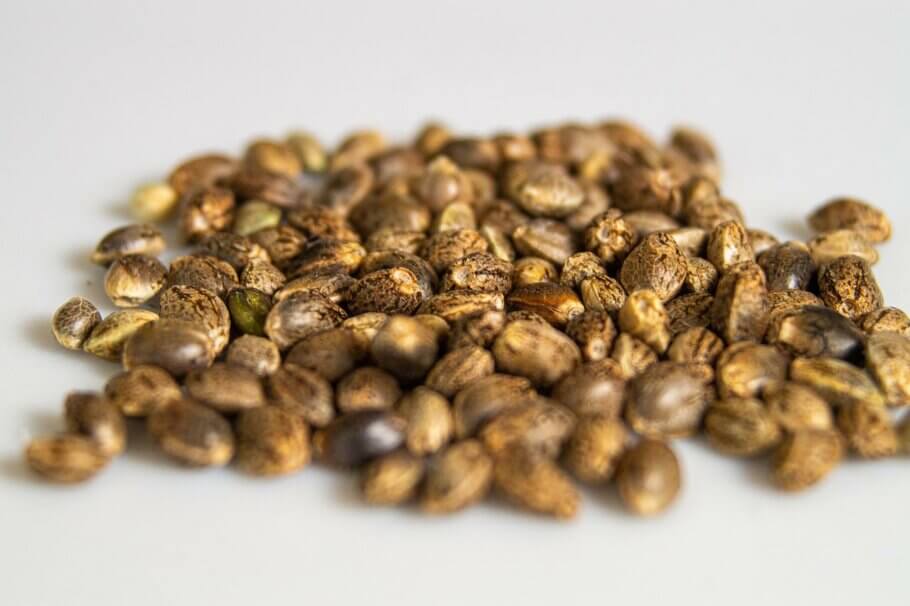Basic tips for growing cannabis indoors
In this growing diary we tell you the basic tips for successfully growing your own marijuana at home. From the type of substrate to the moment of harvest, you'll learn the most important aspects of indoor cannabis growing.
Grow tents: efficiency, discretion, and control
Growing cabinets offer a controlled environment, optimised to maximise performance and maintain discretion. They are designed in various sizes and feature reflective materials to enhance light efficiency, often including openings for ventilation and cable grommets to facilitate the installation of other equipment. They are the best choice if you can't dedicate an entire room to your grow, providing complete darkness during the plants' nighttime periods.
If what you want is a self-supply grow room for buds, a 1x1 m or 1.2x1.2m grow tent, and a 600W lamp will probably suffice (maybe a little less if you go for an LED, but we'll get to that later). Brands like Secret Jardin, Garden Highpro, or Pure Tent are some of the most popular brands thanks to their good quality/price ratio.
Growing marijuana in grow tents
In this post we list all the factors you need to consider for growing marijuana in a growing tent. Lighting, ventilation (intraction and extraction), temperature and humidity, watering and fertilising, and preventive phytosanitary treatments.
Lighting systems: the heart of indoor growing
Light is the energy source for plants, and indoors, it is entirely up to the grower. Choosing the right lighting system is crucial for vigorous growth and a successful harvest. The most popular choices today, which you can find at Alchimia, are:
- LED panels: The most demanded option nowadays, as they are more efficient, energy-efficient, and have a longer lifespan than discharge lamps. Ideal for those who are looking for a balance between quality and energy saving.
- HPS (high-pressure sodium): widely used in flowering due to its intensity. They require good ventilation due to the heat they generate.
- HM (metal halide): Like the previous ones, these are discharge lamps, but in this case, they are ideal for the growth phase.
- LEC or CMH (ceramic halide): good penetration and a more complete spectrum, with medium consumption.
Power, spectrum, and light distribution must be adapted to the size of the crop and each stage of the plant's development, i.e., growth and flowering. In the last few years, LED panels have taken the lead in terms of sales, as they are more efficient and longer-lasting than discharge lamps, and also offer truly spectacular results.
It is not uncommon to see LED systems of between 400W and 720W in 1x1 m or 1.2x1.2m grow tents, with higher yields than the classic 600W HPS lamps. Brands such as Lumatek, Lumii, or Pure Led - Lazerlite stand out for their sales in this section.
Types of grow lights for indoor cannabis cultivation
In this post we talk about the different types of lighting that can be used for growing cannabis indoors. Learn how, depending on the needs of each grower and the conditions, we can employ different lights depending on the stage of the plant's life and also know which of them is the most efficient in terms of power consumption.
LED panels: recommendations
At Alchimia, you can find different types of LED panels for growing, each one adapted to different needs and stages of the plant's development. Full-spectrum LED panels are very versatile, as they mimic sunlight and are suitable for both growing and flowering, which makes them an ideal option for the whole growing cycle. Panels designed specifically for the vegetative phase emit a blue light that promotes the development of stems and leaves, while flowering panels emit a reddish light that stimulates the production of flowers and resin.
There are also modular or bar-shaped models, designed for larger crops or those looking for a uniform distribution of light, and more advanced options that allow the spectrum to be regulated according to the stage of the crop, offering total control over the lighting conditions. Broadly speaking, we can divide the available LED panels into the following types:
- Small cabinets (40x40 to 60x60 cm): specific LEDs for growth or low-power, full-spectrum compact panels (between 60W and 100W).
- Medium size (80x80 to 100x100 cm): mid-range full spectrum LED panels (between 200W and 400W) or bar models.
- Large spaces (from 120x120 cm or more): High power LED bar panels (>480W) or modular systems.
- Growing phase: Cool or blue light (high at 6500K). Improves vegetative development.
- Flowering phase: Warm or red light (around 3000K). Enhances flower and resin formation.
- Full Spectrum: The most demanded option due to its versatility and excellent results.
Fertilisers: customised nutrition for each type of crop
Each growing medium - and each stage of development - requires specific nutrition. Choosing the right fertilisers allows you to optimise development and improve the taste, production, and health of your plants.
- Organic fertilisers for soil: ideal for those who are looking for natural flavours and a respectful relationship with the soil. They tend to act more slowly, but favour the microbial life of the substrate and offer a superior quality in flavour and aroma. Brands such as Biobizz, Plagron, or Canna stand out, with complete ranges that cover all the needs of your plants.
- Mineral fertilisers for coco, hydroponics, and aeroponics: they offer greater precision and control over nutrient absorption. They are usually applied in liquid form and allow you to adjust EC and pH accurately. Canna, Metrop, and Atami are some of the best-selling brands.
There are also different nutrients for growth (more nitrogen) and flowering (more phosphorus and potassium), as well as supplements and additives such as enzymes, stimulators or microelements. In other words, if you grow on soil, we recommend organic fertilisers, while if you choose coco or hydroponics, it is best to choose mineral fertilisers.
To start with, a good idea is to use base fertilisers for each stage of development (growth or flowering) accompanied by stimulators (root stimulators for growth and flowering stimulators for this important stage) and a complex rich in vitamins and amino acids throughout the life cycle of the plants.
Nutrients for growing cannabis plants in soil
In this post we will give you important information about the use of fertilisers for cannabis plants, distinguishing between mineral and organic fertilisers and their main features in order for you to decide which type of nutrients to use throughout the growing cycle.
Ventilation and odour control equipment: clean air, healthy plants
Good ventilation is essential for renewing and filtering the air of unwanted odours, keeping the temperature and humidity stable, and avoiding potential problems for your plants, such as fungus or heat stress. For this purpose, the following are used:
- Extractor fans: expel hot, stale air. Tubular extractors such as the Can-Fan are usually used, always with a higher flow rate than the one used for the air intake.
- Air Intake: Introduce fresh air from outside. Tubular or in-line extractors are used, with a lower flow rate than extraction, to create negative pressure and prevent odours from escaping from the grow room or cabinet.
- Oscillating fans: simulate the wind and reinforce the stems of the plants. Cornwall, Garden Highpro, or Cyclone have great models that will work for you without any problems.
- Activated carbon filters or ozonators: used to neutralise odours in the air extracted from the crop. Solutions like Can-Lite or Pure Factory are some of the most popular.
The key is to size the system correctly according to the size of the cabinet or room and the power of the lighting, so that the right air renewal and temperature are achieved. It may be that if the temperatures are good and not too high, you can dispense with the intake fan and leave a passive air intake, but the rest of the elements are going to be necessary.
Ventilation for marijuana grow rooms
The ventilation system is one of the most imortant aspects in every indoor cannabis growing setup. Which extractor do I need for my growing space? Are intractors and interior fans really needed? Do I need a cooltube? How can I reduce the noise generated by my ventilation system? Is there any way to eliminate odours? In this post you'll find the answers to all these questions, as well as several tips and advices...
Growing systems: soil, coco, hydroponics, and aeroponics
In addition to the classic soil cultivation, some methods dispense with the organic substrate altogether, allowing a more technical and precise control over the nutrition of the plants:
- Hydroponics: the roots develop in an inert medium (such as clay or rock wool) and receive a controlled nutrient solution. It promotes rapid growth and higher yields. EBB&GROW, Cultimate, and Wilma systems are some of the most popular.
- Aeroponics: the roots are suspended in the air and sprayed with a nutrient solution. This is the most advanced system, with very high efficiency, but it also requires more investment and knowledge. Cultimate Aero or GrowStream 2.0 offer excellent results.
Each system has its advantages and challenges, so choose the most suitable one according to your experience and goals. Normally, you start with coco and once you have mastered the pH and EC control of your nutrient solution, you leap into hydroponics or aeroponics.
How to germinate cannabis seeds in hydroponic and aeroponic systems
Today we want to tell you how to germinate seeds that are going to be grown in hydroponic or aeroponic systems. As you will see, it is not a very different process from the conventional one, although it does present certain differences that must be taken into account.
Measuring devices: precision for high-level cultivation
The parameters of the environment (temperature, humidity) and the nutrient solution (pH, electroconductivity, temperature) must be regularly measured and adjusted. For this purpose, tools are available for the technical monitoring of the crop:
- PH meters: essential to ensure that nutrients are absorbed correctly. As with the EC meters, the Milwaukee range is ideal for beginners, while Bluelab is more oriented towards professionals.
- EC meters: they indicate the concentration of salts in the irrigation water.
- Hygrometers and thermometers: monitor ambient humidity and temperature.
- Lux meters or PAR meters: measure light intensity.
- Timers: automate light, ventilation, or irrigation cycles.
Having these instruments not only facilitates the maintenance of the crop but also reduces risks and significantly improves the quality and quantity of the final result. Both pH and EC meters are essential in soilless (hydroponics) or coco growing, while other elements such as thermohygrometers or timers are essential to make your life - and your growing - much easier.




